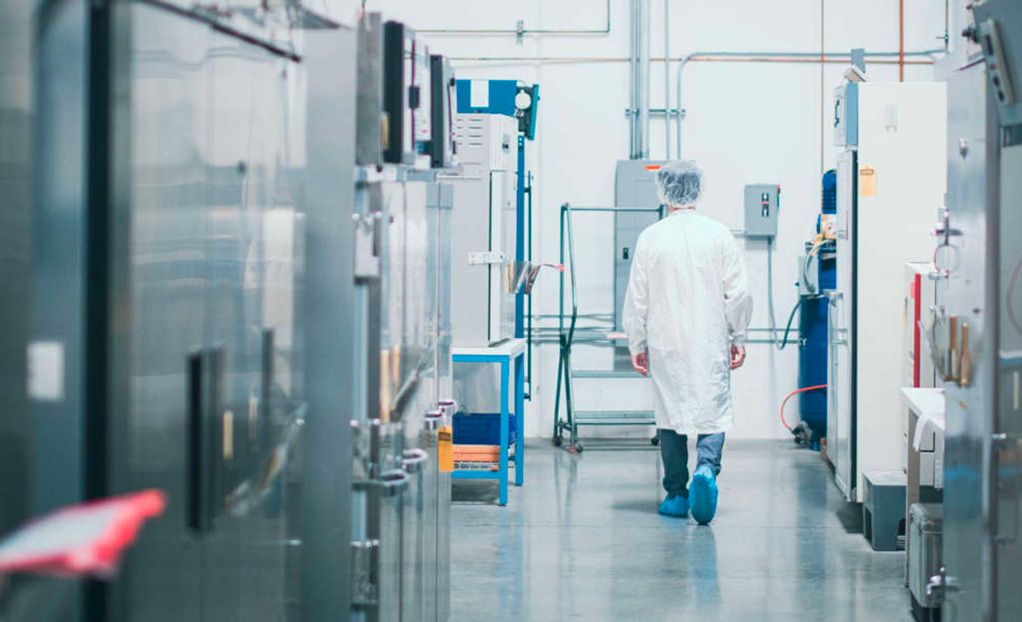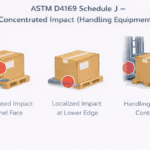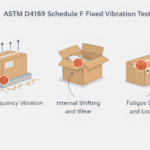Environmental and technician impact is an important consideration for sterilization processes, especially in the medical device industry. Recent years have seen the rise of ethylene oxide sterilization (EtO) use come into question based on its potential for negative health impact on those who work directly with the process, and even to the environment itself.
1`process. It destroys all forms of microorganisms on reusable medical devices, such as orthopedic instrumentation. Its gentleness and versatility are also a bonus. Nearly half of all medical devices are processed with gas-based EtO since steam sterilization has the potential to damage certain types of materials.
Life Science Outsourcing’s CEO John Nino was recently interviewed by Orthopedic Design and Technology Magazine to discuss the use of EtO in medical device sterilization, and how the industry is addressing its impacts. The following are a few of the highlights.
Best for specific devices
EtO became a widely used sterilization method because of its effectiveness for specific devices or packaging variations. Plastic medical devices can be damaged by steam sterilization, whereas a gas-based option like EtO not only prevents damage to the device but is able to reliably destroy all pathogens on and within it. Some medical devices require a gas-based sterilization option to ensure a fully sterile device within layers of packaging.
Ethylene oxide health impacts
Protecting the health of technicians who spend time performing ethylene oxide sterilization is a high priority. The Environmental Protection Agency (EPA) created an Integrated Risk Information System (IRIS) to identify chemical health hazards, with ethylene oxide (EO) being one of them. Their research has shown that long-term exposure to ethylene oxide can cause various health problems: Eye irritation, nose and throat irritation, and potential headaches or memory loss. Breathing air with elevated ethylene oxide levels over many years has even been shown to contribute to cancer risk.
Ethylene oxide environmental impacts
The EPA also enforces Clean Air Act regulations for facilities conducting sterilization. They recognize potential hazards of high levels of ethylene oxide being released into the environment around facilities and are expected to release a new 2022 EO standards proposal sometime this year. EO is known to enter the environment in the air and is a hazardous waste when in air, water, or soil. Studies on the land and marine life have shown it does not increase over time in living organisms as other hazardous chemicals can, and EO chemical properties prevent it from being easily absorbed into the sediment.
Options for the future
The U.S. Food and Drug Administration (FDA) has worked closely with sterilization experts, medical device companies, and government agencies for potential solutions. These could include lower levels of currently used agents, new methods, or other alternatives. The FDA has created two public innovation challenges to achieve new methods:
- Identify New Sterilization Methods and Technologies
- Reduce Ethylene Oxide Emissions
These initiatives could present remedies to current EO use.
Going forward
Life Science Outsourcing is committed to maintaining the safety of our employees and the environment while we meet the needs of our medical device clients. We recognize and prioritize health and safety of our teams and our communities. While our EtO methods meet all regulations and industry standards, we are also flexible and looking forward to future innovations to meet the varied needs of the medical device industry.
If you would like to read the full interview with our CEO John Nino, you can find it on the Orthopedic Design and Technology website.
Looking for more articles like this one? Read The Right Challenge Device for Ethylene Oxide (EO) Sterilization Validation.
Life Science Outsourcing’s Sterilization & Validation services offer a turnkey solution for medical and pharmaceutical start-ups as well as original equipment manufacturers. With more than two decades of experience, our manufacturing and engineering experts work as an extension of your team, turning ground-breaking concepts into commercial-ready products.





